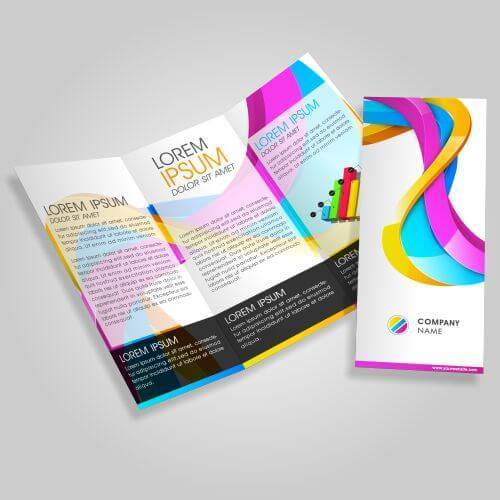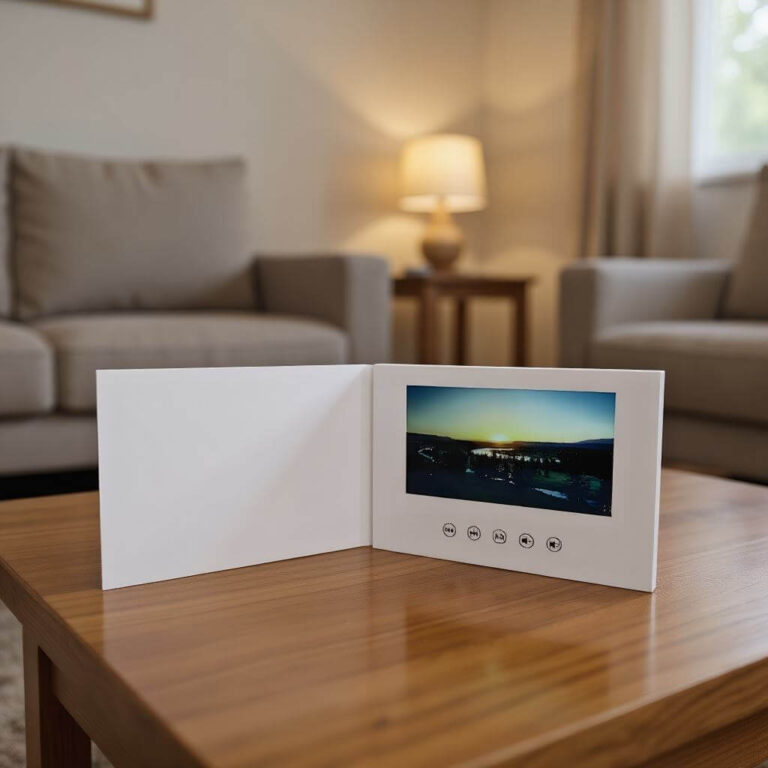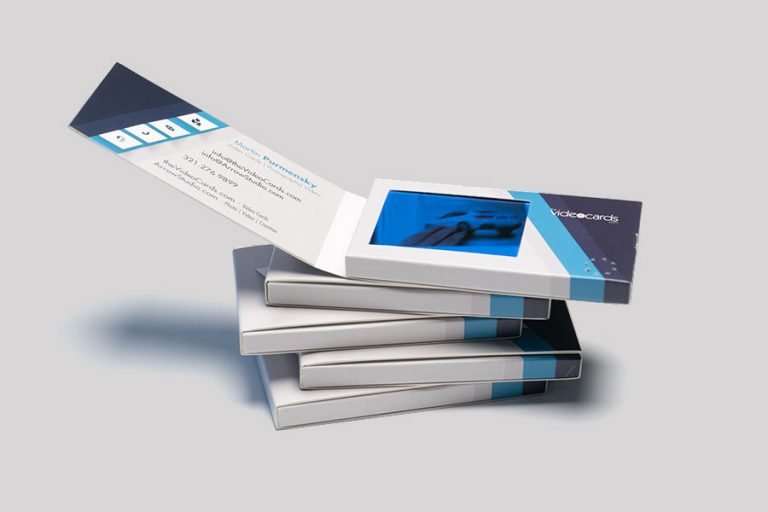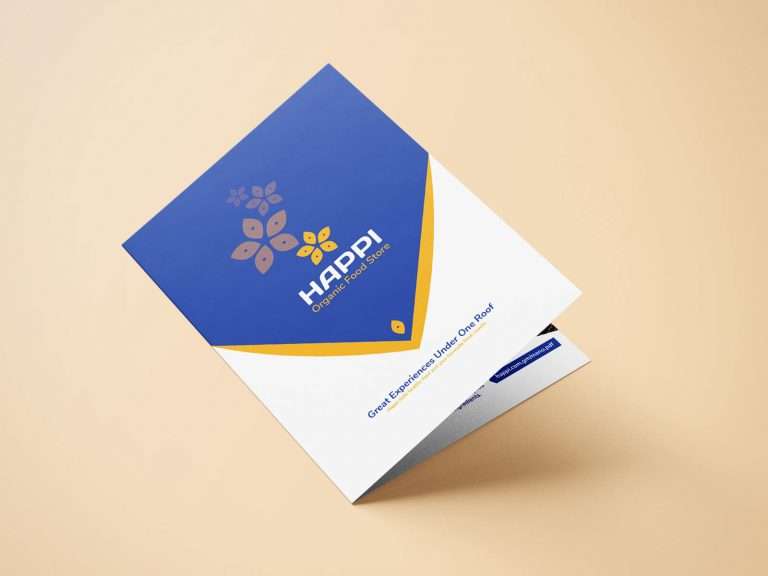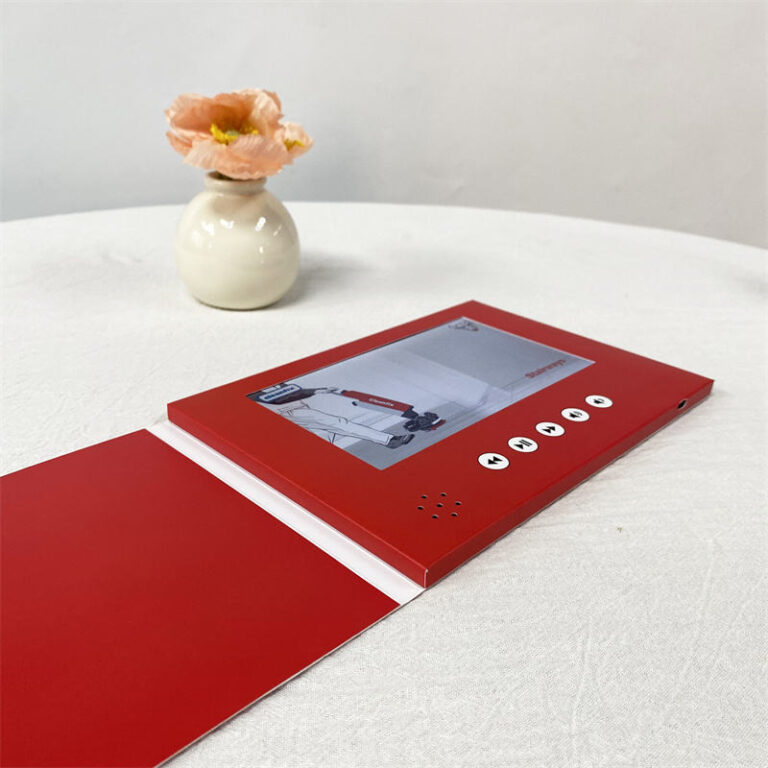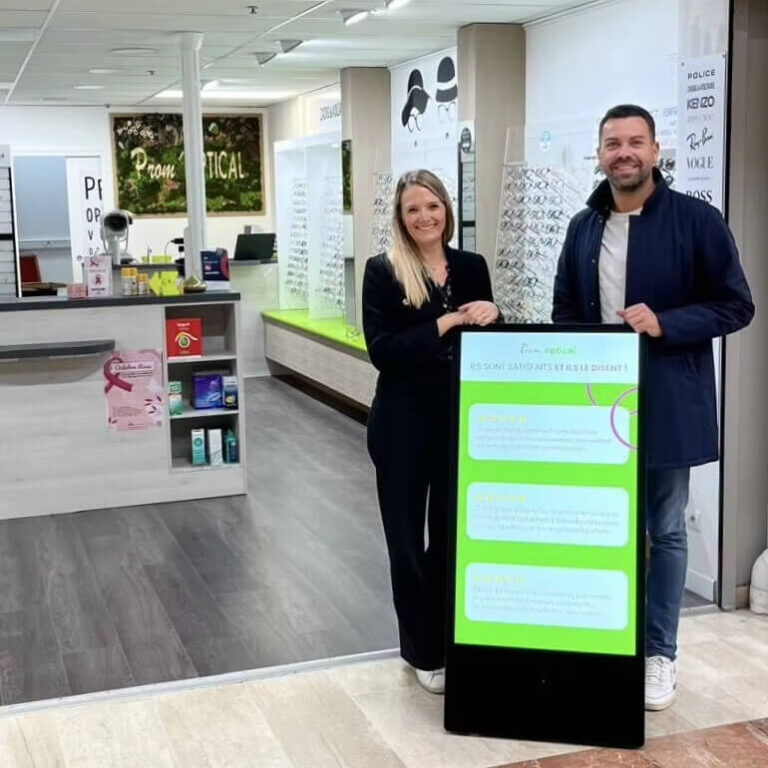10 Paper Materials Used in Advertising Brochure Printing
In the process of brochure printing, the brand and type of paper have a great influence on the quality of brochure printing. Whether the paper is suitable or not will play a strong role in guaranteeing the quality of brochure printing. Now in the market, the paper used for brochure printing includes: double coated paper brochure, matte paper brochure, book paper brochure, super sensitive paper brochure, art paper brochure, pearl paper brochure, other special paper brochures book, etc. Listed below are 10 types of paper that are more commonly used.
1. Coated paper
Coated paper, also known as coated paper, is a high-grade printing paper made by coating a layer of white paint made of calcium carbonate or kaolin and a binder on the base paper, drying and calendering. Due to its delicate whiteness, high smoothness and gloss, and moderate oil absorption, it is suitable for copper plate printing or offset printing, printing color or monochrome pictorial, pictures, calendars, maps and books. It is also a packaging and printing paper. It is divided into two types: single-sided coating and double-sided coating. The two types are divided into special number, No. 1, No. 2 and No. 3. The quantitative range is 80 g/m2 to 250 g/m2. Coated paper requires high coating strength, no powder drop, and is suitable for fine-mesh printing above 60 lines/cm. Available in 175g (business card), 230g and 300g.
2. Matte paper
The official name of matte paper is matte coated paper. Viewed in sunlight, it is less reflective than coated paper. Although the pattern printed with it is not as bright as the coated paper, the pattern is more delicate and higher-grade than the coated paper. Use double-coated paper and matte paper to print brochure types, which are generally used to print corporate brochures, product catalogs, journals, magazines and other types. The effect of printing color reproduction is better.
3. Chinese calligraphy and painting paper
The paper used for writing and painting with a brush includes Yuanshu paper, rice paper, burr paper, etc. The cooked rice paper processed from it is suitable for meticulous painting, white and flexible, durable and not easy to be eaten by insects. It is famous for its origin in Xuancheng area of Anhui. Book paper is generally used to print brochures with more text, and is generally used to print product manuals, periodicals, and magazines. Book paper is not very good at restoring color, so it is not recommended to use book paper to print brochures in many cases.
4. Art paper
It is more suitable for artwork brochure printing and some more artistic brochure printing. However, remember that art paper is generally not used to print brochures with product color requirements.
5. Newsprint
Advantages: paper is light and has good elasticity; good ink absorption performance, which can ensure that the ink is firmly attached to the paper; has certain mechanical strength; good opacity; suitable for high-speed rotary printing. Disadvantages: This kind of paper is mostly made of wood pulp, which contains a lot of lignin and impurities. The paper is easy to yellow and brittle, and its water resistance is extremely poor, so it is not suitable for long-term storage. Main use: suitable for newspapers, periodicals, textbooks, comic strips and other text paper.
6. Offset printing paper
Referred to as offset paper, it is a kind of paper used for offset (lithographic) printing. It is divided into single-sided offset paper and double-sided offset paper. Single-sided offset paper is mainly used for printing posters, New Year pictures, packaging boxes, etc.; Offset paper is mainly used for printing brochures, pictures, etc. Offset paper has a tight texture, small flexibility, and strong water resistance, which can effectively prevent paper deformation, misalignment, hair pulling, and powder removal during multi-color overprinting. It can maintain good color purity for printed matter.
7. Binding cardboard
The important materials for book box framing include white cardboard, yellow cardboard box and cardboard, etc., which are mainly used to make hardcover bookcases and envelopes. The hardcover book case with cardboard as the skeleton has the advantages of sturdiness, beauty and long-term preservation.
8. Synthetic paper
Production process: Synthetic paper is made from chemical raw materials such as olefins and some additives are added. Advantages: It has soft texture, strong tensile strength, high water resistance, light resistance, cold and heat resistance, resistance to chemical corrosion, no environmental pollution, and good air permeability. Main application: used for printing high-grade artworks, maps, brochures, high-grade books and periodicals, etc.
9. Letterpress paper
A kind of paper suitable for letterpress printing presses for printing various books, stationery and magazine texts. The basis weight is 52 g/square meter and 60/square meter, there are two types of roll paper and flat paper, the smoothness is 30 meters, and the opacity is not less than 88%. Letterpress printing paper is a widely used book paper, which is slightly smoother than newsprint and has a longer shelf life, but is prone to lint and powder loss, and is not suitable for printing books and periodicals by offset printing. Writing on this type of paper fades easily.
10. Glossy paper
Single-sided glossy paper for writing, office and promotional slogans. It can also be used for pasting cartons, packaging goods, printing calendars, letterheads and invoices, etc. It has a wide range of uses and is a commonly used thin paper. It used to be called office paper or snow lotus paper. There are three types of special, No. 1 and No. 2, and the ration ranges from 18 g/m2 to 40 g/m2. The quality requires uniform thickness, smooth paper surface, light sizing for easy writing, and certain water resistance. Colored and glossy paper is also called slogan paper, mainly used for writing slogans!
It is suggested that when designing different brochures, it is best to select different papers for brochure production and printing according to different situations. Because the price of different paper is quite different, and the printing effect is also different, when designing the brochure, it is necessary to choose different paper according to the different scenarios of the brochure. .

